Remember that old Remington shaver advert? “I was so impressed, I bought the company!” Speak to Jonathan Holtzman, a real-estate developer from Michigan, and a similar spirit of unabashed American capitalism springs to mind.
The Formula 1 enthusiast wanted to buy a 1976 Tyrrell P34 with the specific intention of racing it in historic events, but nobody would sell him one. Did that stop him? Nope. Instead, he made his own. “You know us Americans,” he chuckles. “We don’t take no for an answer.”
Now, originality is a hot potato in the old-car world, and the R-word (replica) is often considered a dirty one. Prove that your historic racing car is genuine and its worth shoots up. Prove that it was raced by a driver of historical significance and the price increases again. Then prove that it actually won an international race of note such as a grand prix and, well, kerching! And woe betide anyone who attempts to pass off a car as something that it isn’t. That’s criminal, figuratively and literally.
But that’s not Holtzman. He is entirely open about what he has done and in fact is keen to shout from the rooftops that he has created something new that looks like something old. But what he refutes is that his new P34s (there are two of them) are replicas; he says that they’re continuations, and that distinction is significant.
The P34 is much more than a curio. Designer Derek Gardner first conceived the idea in 1968 while working at Harry Ferguson Research, which specialised in four-wheel drive. But by the time he convinced Ken Tyrrell to commit to the concept for a revolutionary F1 car, 4WD was out of the picture. Instead, beyond traction benefits, it was said that the four small-diameter (10in) wheels shrouded behind the bluff nose offered a reduction in aerodynamic lift and drag.
That didn’t wash with future Ferrari world champion Jody Scheckter, who raced for Tyrrell at the time, but it didn’t stop him winning the 1976 Swedish Grand Prix at Anderstorp in one, finishing the season third behind James Hunt and Niki Lauda and with team-mate Patrick Depailler carrying Tyrrell to third in the teams’ table. Although its merits remain disputed, the P34 was successful, then – but much less so in its second season, when Goodyear’s tyre development dried up. That’s why the 1976 spec is more valuable, plus it’s rarer: active F1 teams give no thought to future values, so Tyrrell converted existing cars for the 1977 season.
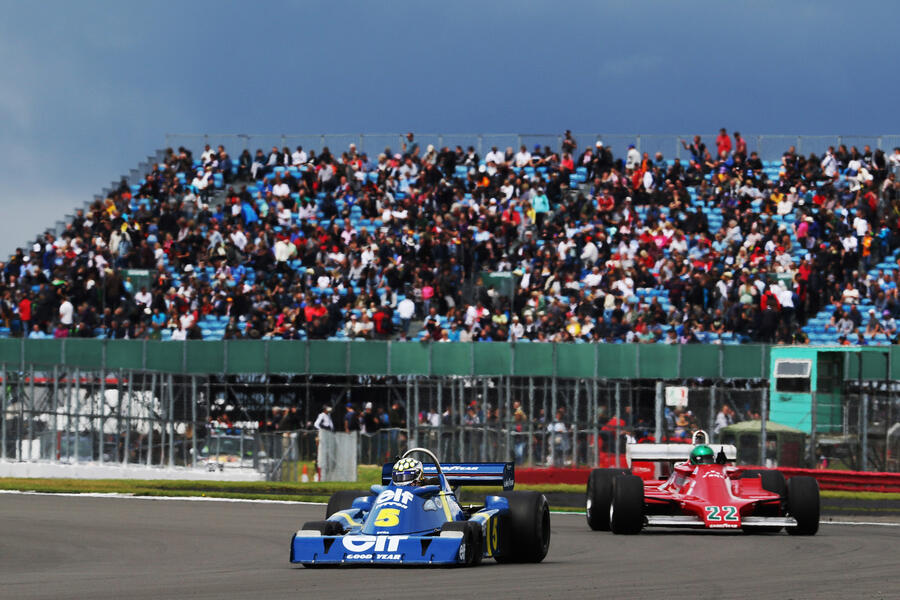

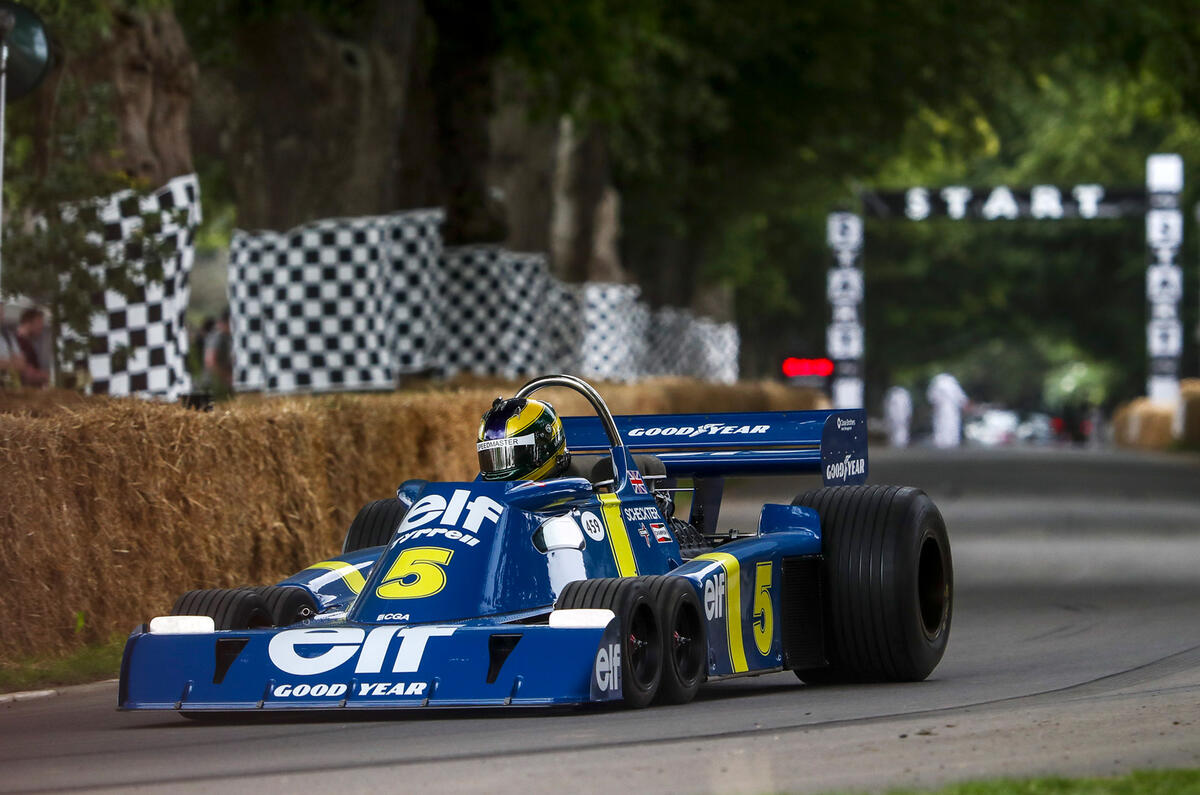
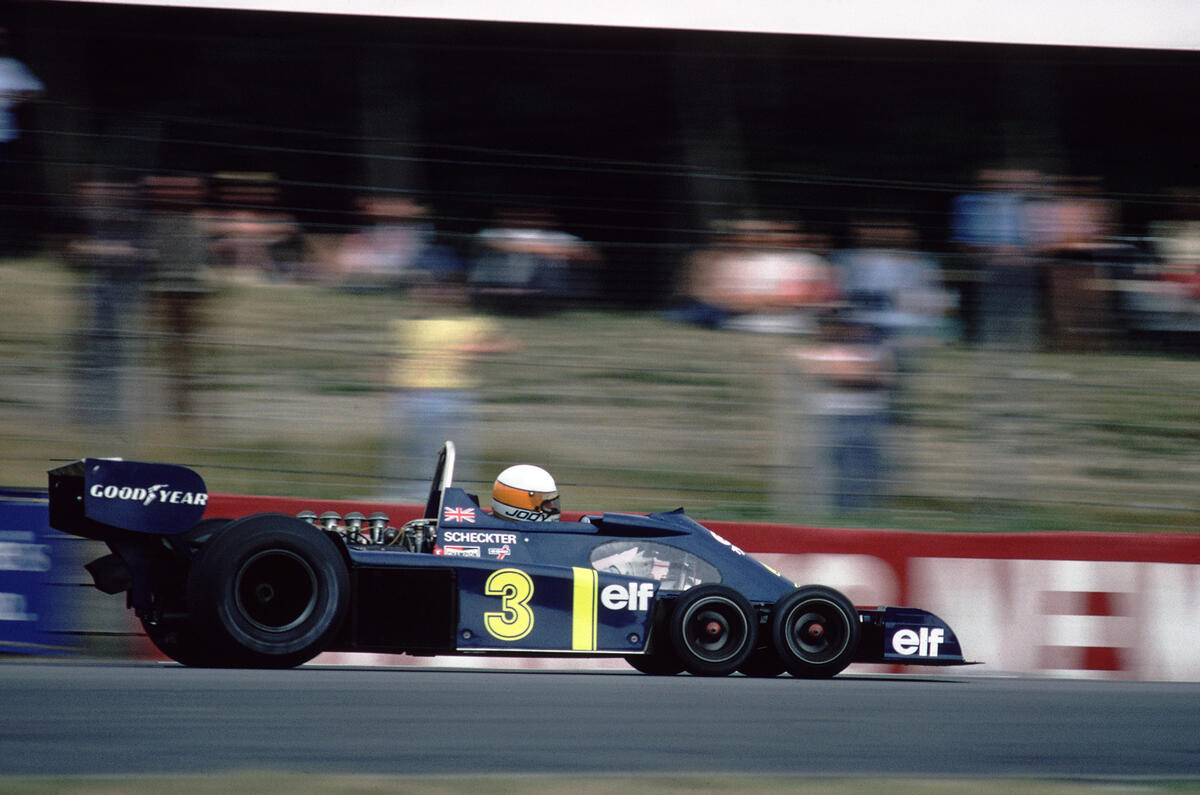
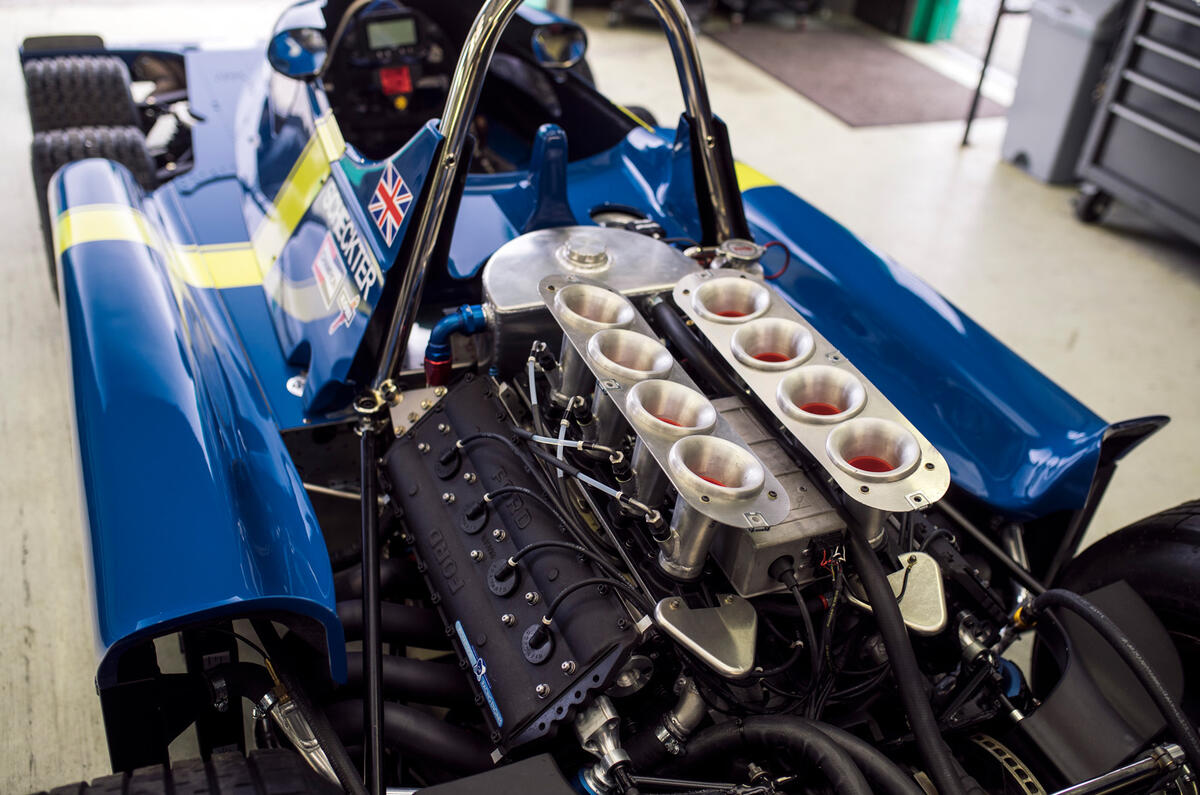
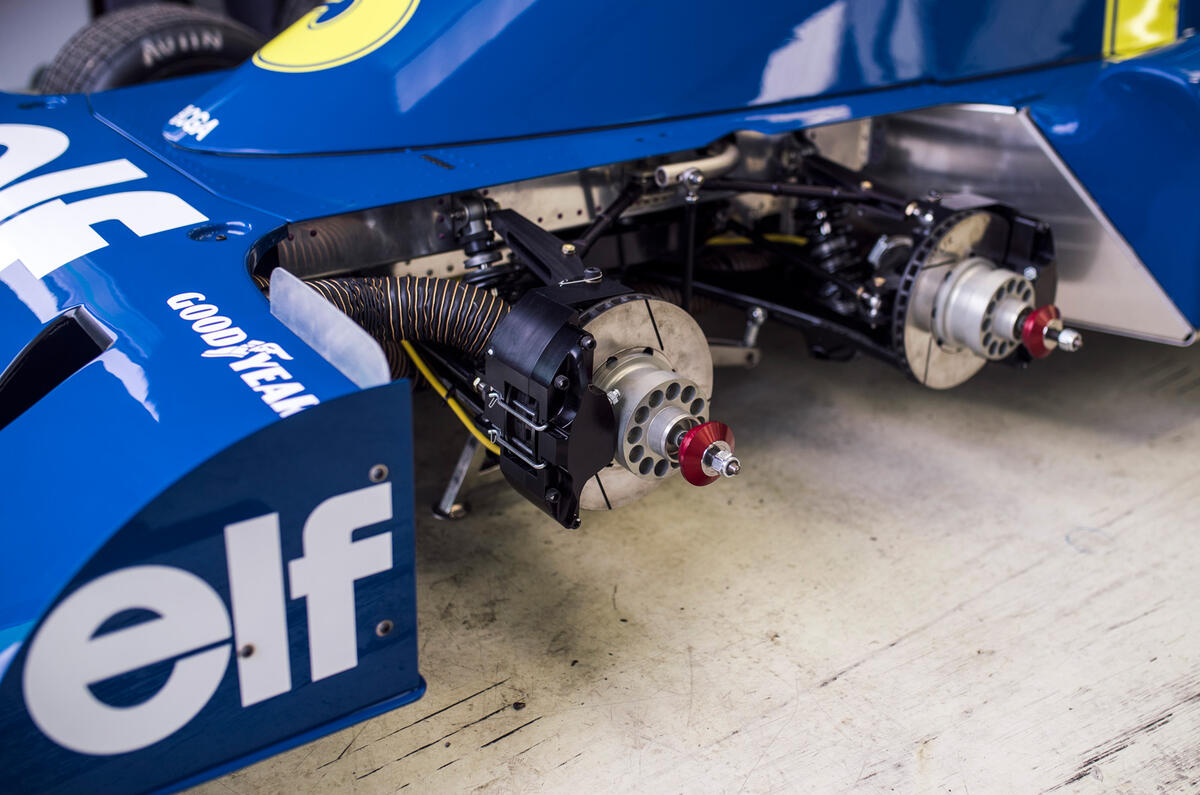
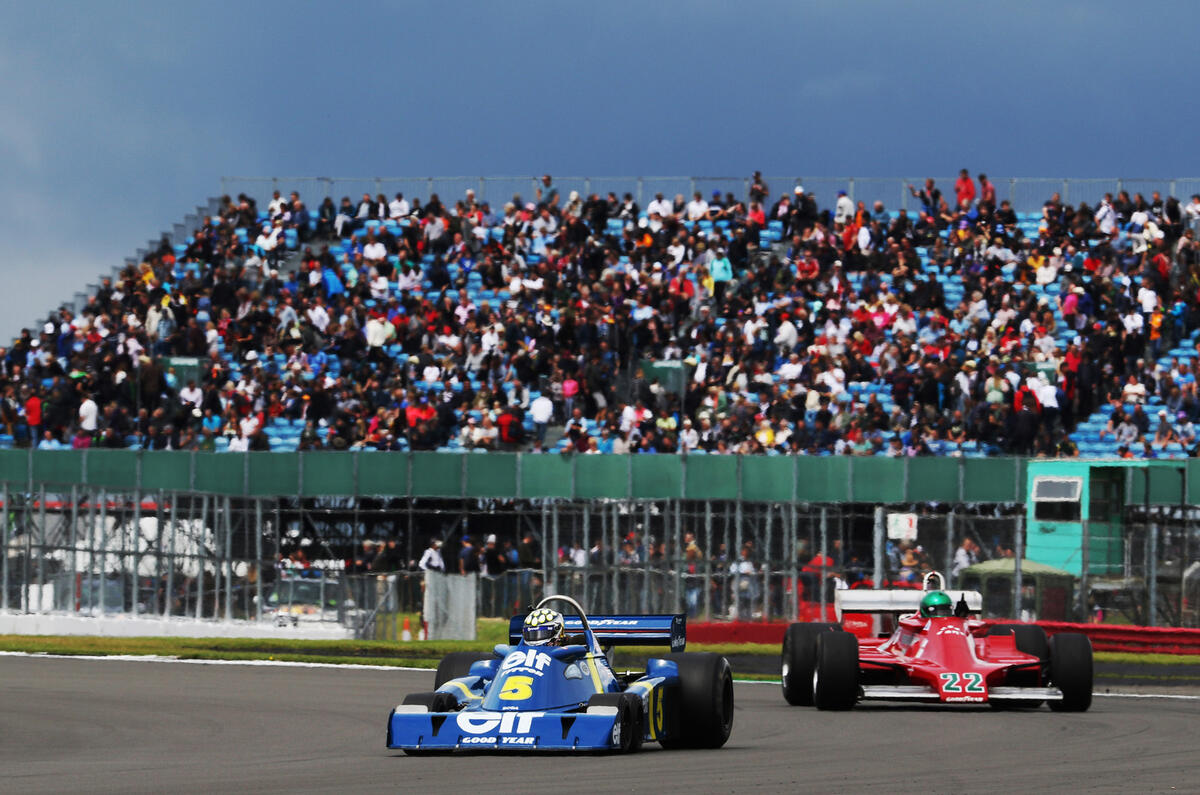
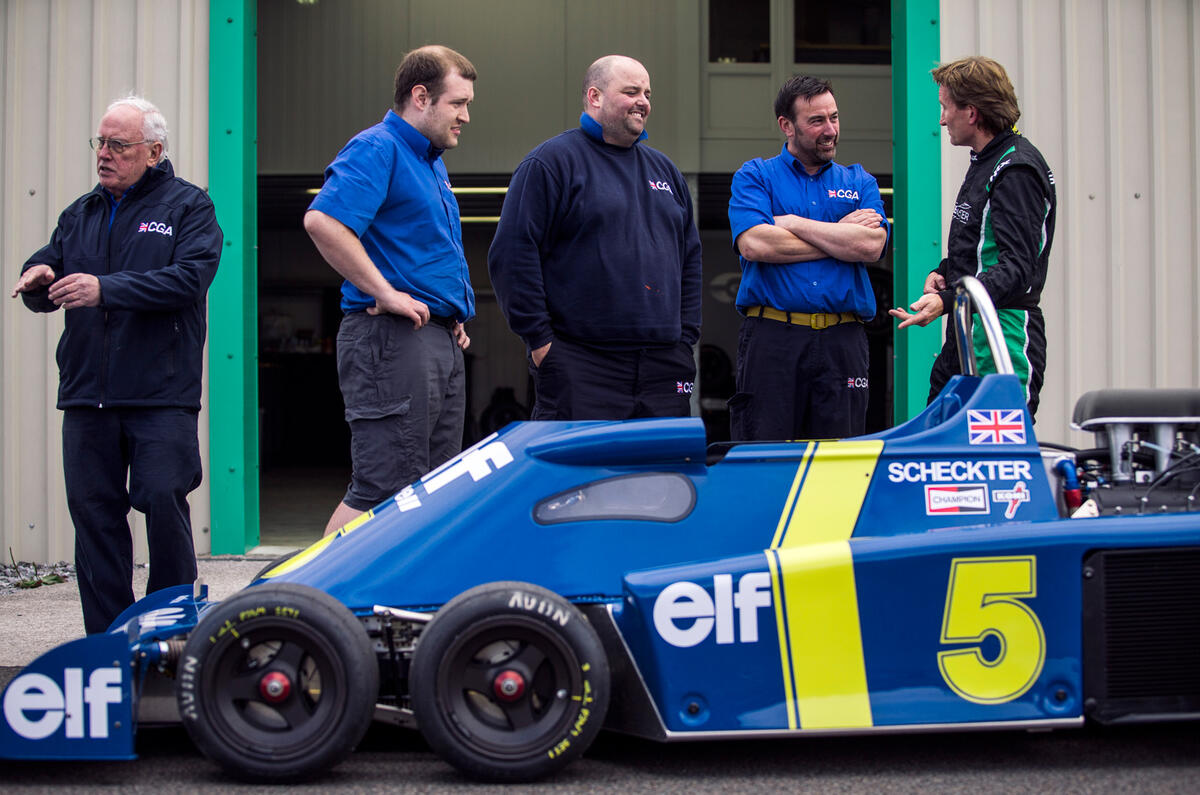
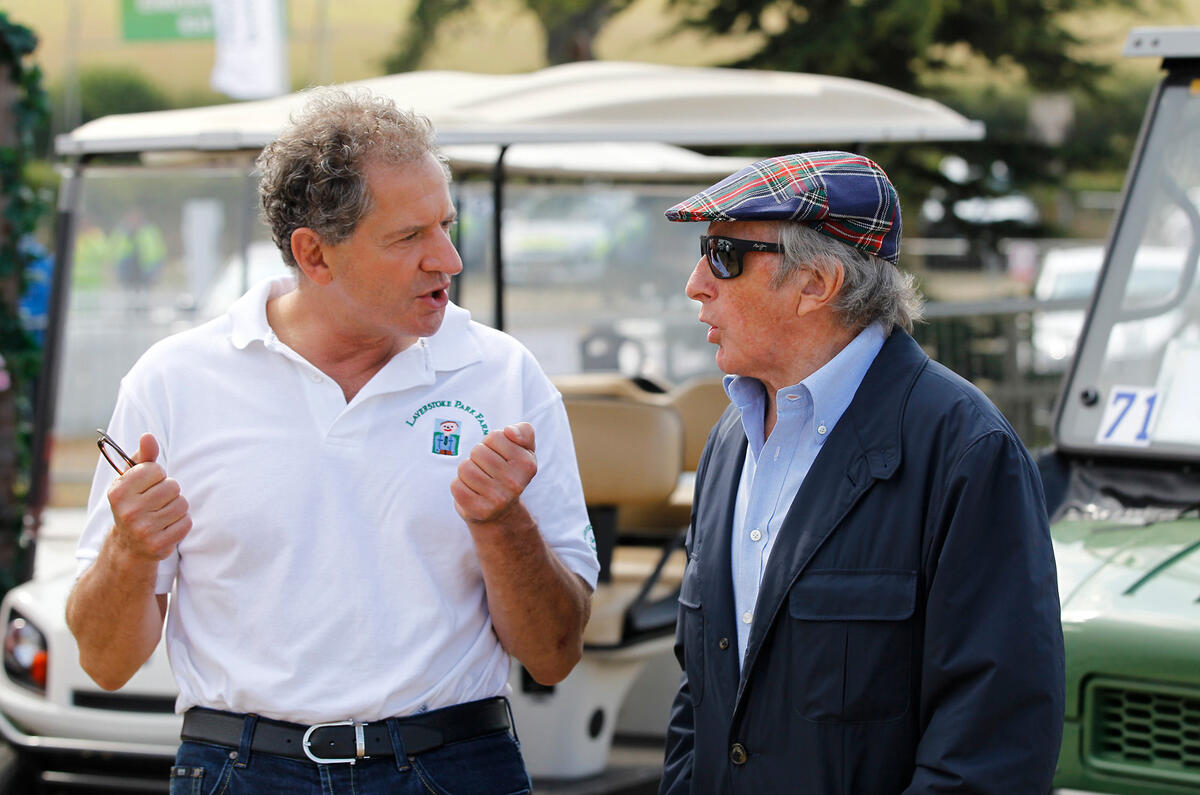


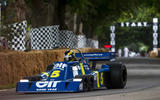
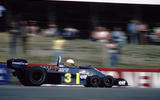
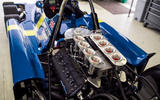
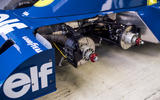
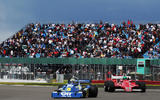
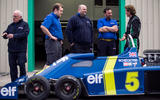

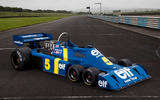


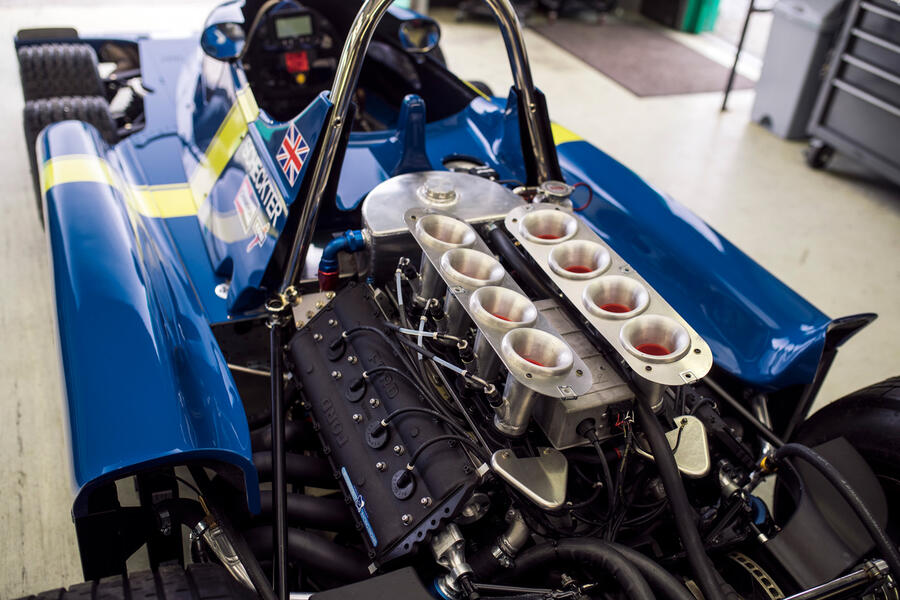
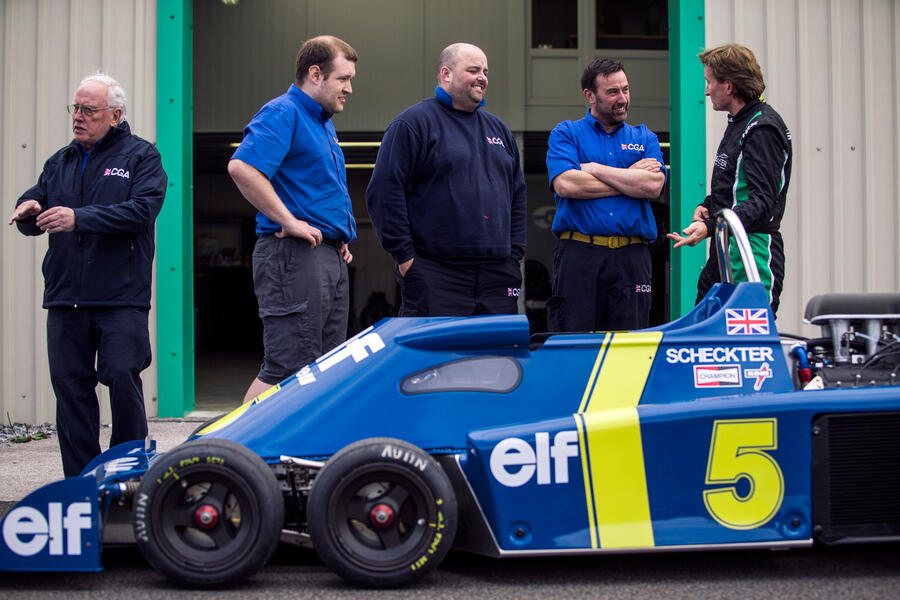


Add your comment